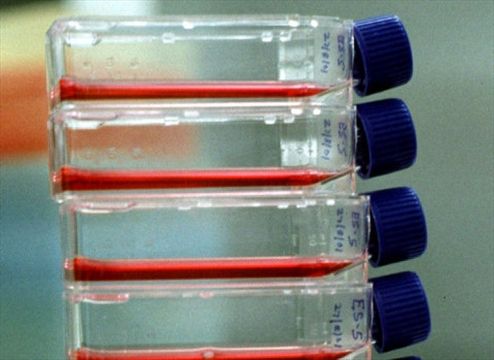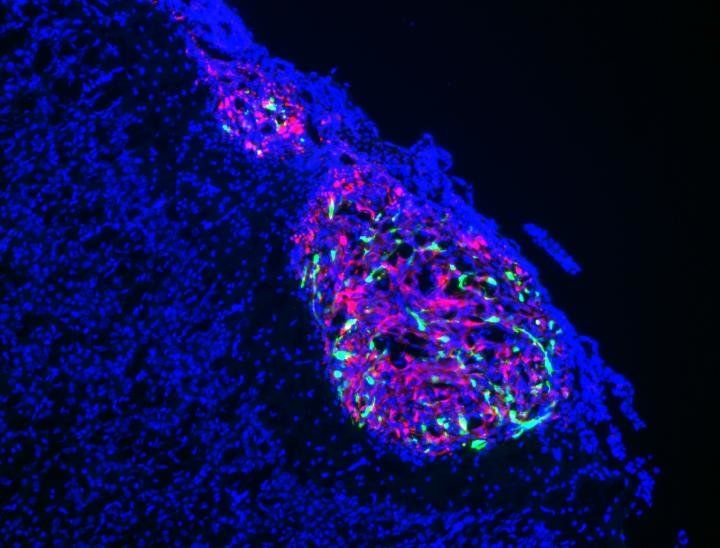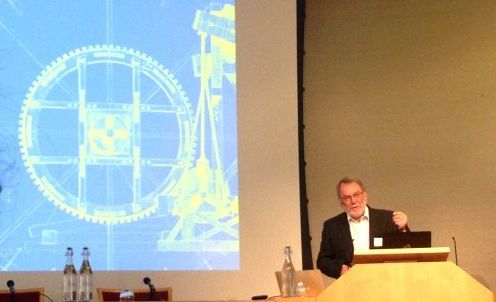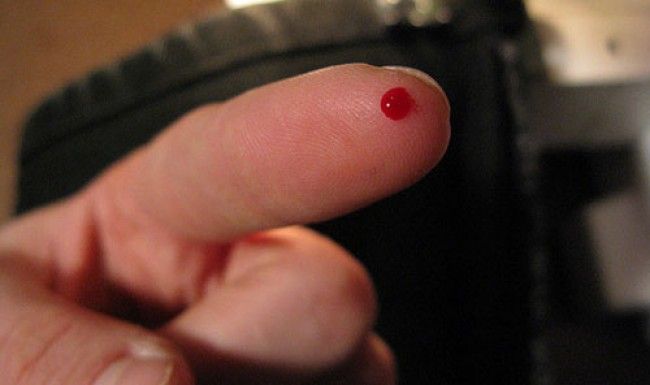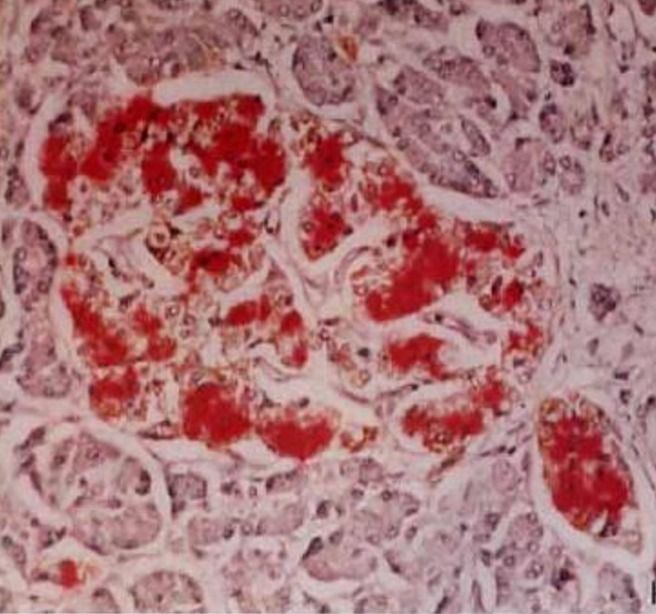Page 10890
May 13, 2016
New Digital Face Manipulation Means You Can’t Trust Video Anymore
Posted by Karen Hurst in category: futurism
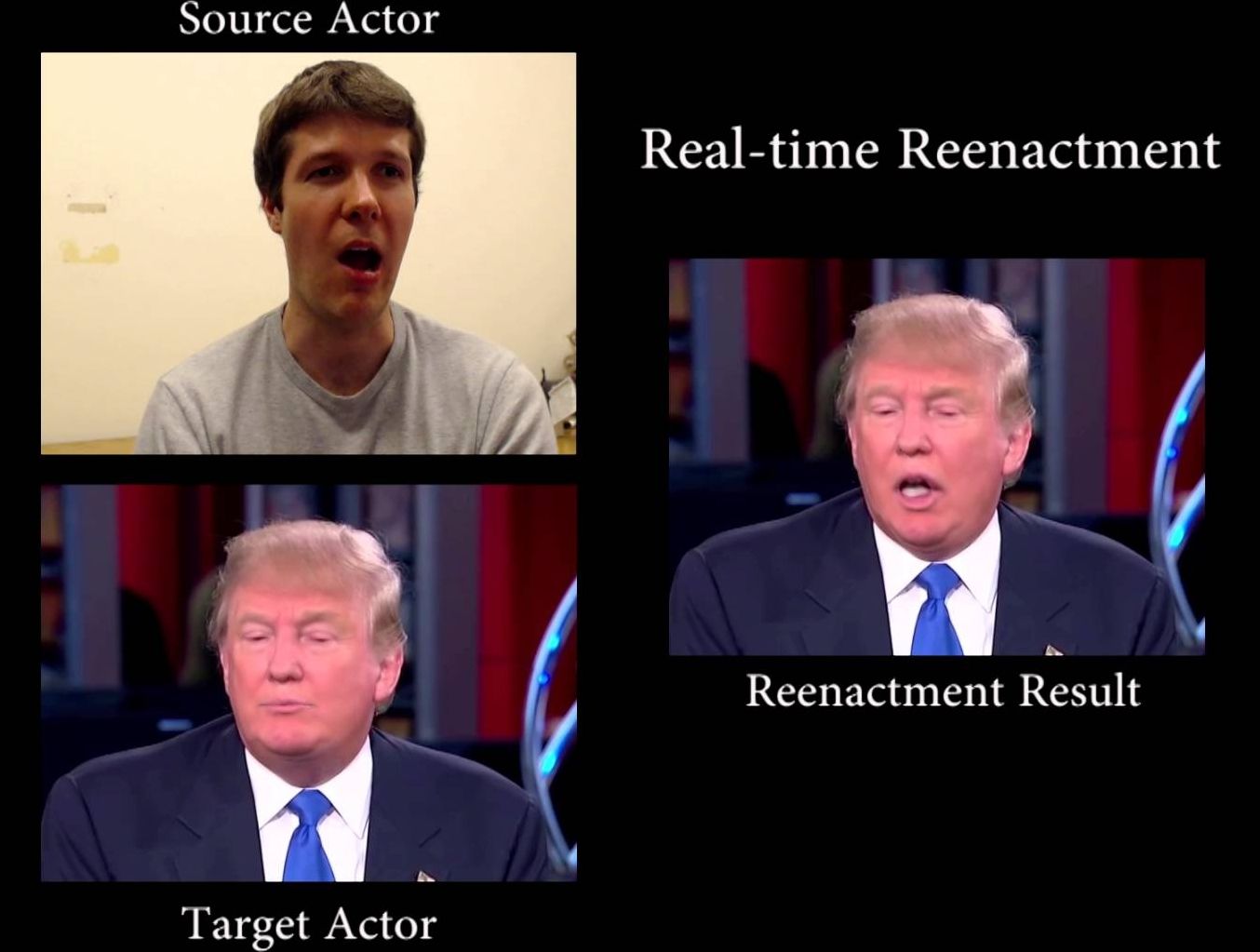
What if you could alter a video of anyone to emulate facial and mouth movements that never existed in the source video—by yourself, at home, using a cheap webcam?
Meet Face2Face. Using RGB input from one video and mapped pixels from a second video, manipulating someone’s face—including distinct facial and mouth movements—has become incredibly easy. A team of researchers recently released a video showing what this looks like in real-time. While the method is still imperfect, it has major implications for future online content.
Continue reading “New Digital Face Manipulation Means You Can’t Trust Video Anymore” »
May 13, 2016
‘Radical life extension’ coming, futurist says
Posted by Karen Hurst in categories: 3D printing, bioengineering, computing, life extension, nanotechnology, neuroscience, Ray Kurzweil
KITCHENER — Big jumps in life expectancy will begin in as little as 10 years thanks to advances in nanotechnology and 3D printing that will also enable wireless connections among human brains and cloud computers, a leading futurist said Thursday.
“In 10 or 15 years from now we will be adding more than a year, every year, to your life expectancy,” Ray Kurzweil told an audience of 800 people at Communtech’s annual Tech Leadership conference.
Kurzweil, a futurist, inventor and author, as well as a director of engineering at Google, calls this “radical life extension.”
Continue reading “‘Radical life extension’ coming, futurist says” »
May 13, 2016
Japanese team confirms that Einstein’s theory works throughout the universe
Posted by Karen Hurst in category: space
Nice
A new three-dimensional map of part of the universe, created by a massive international team of researchers, is refuting the idea that Einstein’s theory of general relativity could be breaking down in the faraway universe, according to a new report in the Publications of the Astronomical Society of Japan.
“We tested the theory of general relativity further than anyone else ever has. It’s a privilege to be able to publish our results 100 years after Einstein proposed his theory,” study author Teppei Okumura, an astrophysicist from The University of Tokyo, said in a news release.
Continue reading “Japanese team confirms that Einstein’s theory works throughout the universe” »
May 13, 2016
Gene therapy against brain cancer
Posted by Karen Hurst in categories: biotech/medical, genetics, health, neuroscience
Very promising. I hope within the next 10 years that Glioblastoma is eradicated.
A team from the International School for Advanced Studies (SISSA) in Trieste has obtained very promising results by applying gene therapy to glioblastoma. Tests in vitro and in vivo on mice provided very clear-cut results, and modelling demonstrates that the treatment targets at least six different points of tumour metabolism. Gene therapy, a technique that selectively attacks a tumour, might provide hope in the fight against this type of deadly cancer, for which surgery is practically impossible and chemo- and radiotherapy are ineffective against very aggressive recurrences. The study was published in the journal Oncotarget.
Only a few days ago, the press (especially in English-speaking countries) enthusiastically announced the publication of a study that described in great detail the genetics of breast cancer, a discovery that according to many marks a breakthrough in the battle against this cancer. This kind of news confirms the impression that in the near future the war against cancer will be fought on the battlefields of genetics. Italy too, is working on this front. At SISSA, for example, where Antonello Mallamaci and his group have just published highly promising results on the application of gene therapy against glioblastomas, a family of brain tumours among the most common and aggressive. A diagnosis of glioblastoma is literally equal to a very imminent death sentence: “surgery is rarely curative, as these tumours insinuate themselves in healthy tissues, and also chemo- and radiotherapy have little effectiveness.
May 13, 2016
Looking toward the quantum-technology landscape of the future
Posted by Karen Hurst in categories: computing, electronics, engineering, quantum physics
Quantum future discussed at London’s Royal Society Conference.
By Tushna Commissariat
Not a week goes by here at Physics World that we don’t cover some advance in quantum mechanics – be it another step towards quantum computing or error correction, or a new type of quantum sensor, or another basic principle being verified and tested at new scales. While each advance may not always be a breakthrough, it is fair to say that the field has grown by leaps and bound in the last 20 years or so. Indeed, it has seen at least two “revolutions” since it first began and is now poised on the brink of a third, as scientific groups and companies around the world race to build the first quantum computer.
Continue reading “Looking toward the quantum-technology landscape of the future” »
May 13, 2016
Quantum leap forward in measuring mechanical motion
Posted by Karen Hurst in category: quantum physics

© Shutterstock.
The precise measurement of position has a distinguished place in physics; about a 100 years ago, debate surrounding the atomic hypothesis was settled by the careful observation of Brownian motion. Today, researchers in the field of cavity quantum optomechanics hope to settle similar fundamental questions.
May 13, 2016
Stem Cells From A Single Drop Of Blood
Posted by Shailesh Prasad in category: biotech/medical
Singaporean scientists have developed a method for generating stem cells that only requires a single drop of blood.
May 13, 2016
Gene Therapy for Type 1 Diabetes: Preclinical Promise
Posted by Karen Hurst in category: biotech/medical
For my Precision Medicine partners — nice.
Despite eclectic ways of delivering insulin to control blood glucose level in people with type 1 diabetes (T1D), no approach precisely replicates what happens in the body. Gene therapy may hold the answer.
T1D is usually autoimmune, with inherited risk factors such as certain HLA haplotypes contributing to, but not directly causing, the condition. A clever use of gene therapy is to commandeer liver cells to step in for the pancreatic beta cells that autoimmunity destroys.
Continue reading “Gene Therapy for Type 1 Diabetes: Preclinical Promise” »
May 13, 2016
The Limits Of How Far Humanity Can Go In The Universe
Posted by Montie Adkins in category: space
It is fascinating to think that in 100 billion years a new civilization might look into the sky and have all the evidence to think their galaxy is the entire universe.
Even with a perfect understanding of science and a perfect execution of technologies, there are some things we’ll never reach.

